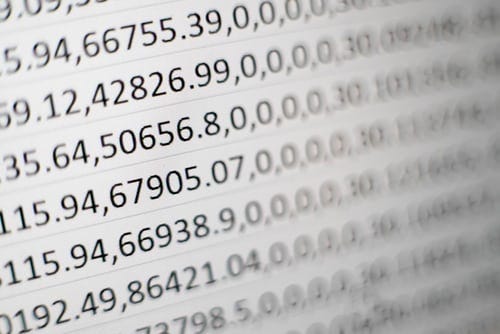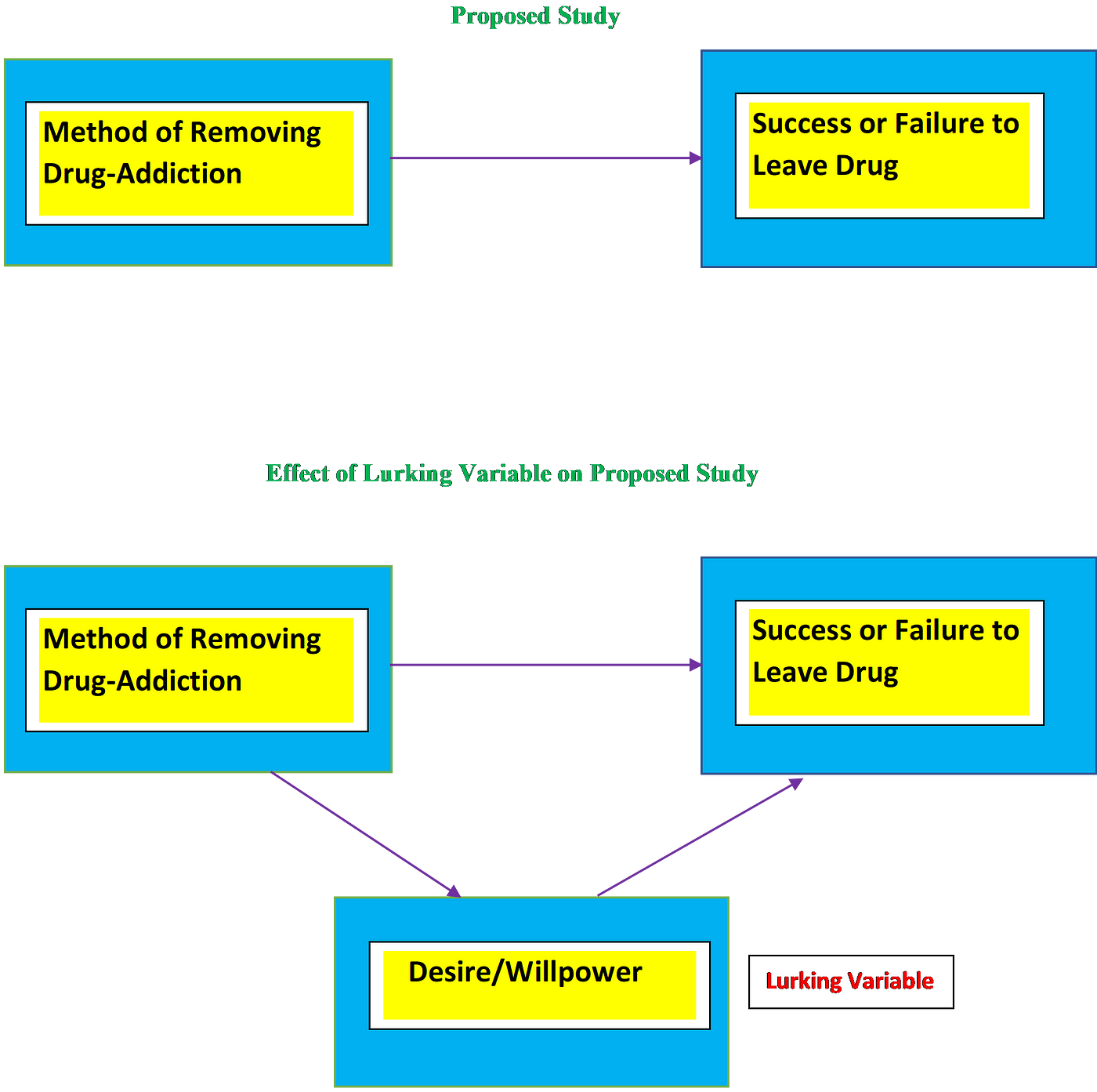What Is The Difference Between Observational Data And Questionnaire Data?
Methods of Written report Designs- Observational Studies & Surveys
Larn About How to Design Studies with Real-Globe Examples for Constructive Data Analysis

Data is very important nowadays to report on a item topic. So we should take care to record data in the right manner so as to avoid getting the wrong result/inference. Besides, nosotros should practise the right written report/experiment with that information to depict the right inference from them. We volition talk over here those methods briefly.
Studies can exist washed peculiarly in 3 ways, of which nosotros will discuss simply two here:
- Observational Study: Studies in which our variable of interest is recorded as occurring naturally without any experimenter's/researcher'south interference. Suppose nosotros want to deduce whether students adopt listening to music during studying for meliorate memory. Nosotros assemble some students and enquire them to record down if in the last/previous calendar week they listened to music while studying for better memory. Another way is that nosotros ask them to keep a annotation of whether they are listening to music in the futurity week while study.
In both cases, we are recording the natural behavior/tendency of a student while he is studying and we are not interfering with their behavior in whatsoever fashion like forcing them to listen to music, etc. And then we tin can call this study Observational Report.
Once more notation, in the beginning scenario we are recording past events. So we call it Retrospective Observational Study . In the second scenario, we are recording events in the hereafter so we call them Prospective Observational Report .
In Observational studies, there tin can be the effect of i or more external variables that nosotros practise not take into account but tin affect our results badly. Such a variable is also called Lurking Variable . For example, suppose we want to observe which method is ideal for citizens to quit drugs- a.) taking some medicines/anti-drugs later consulting a doctor or b.) just doing nada or not taking any doctor's advice.
Let surprisingly our results evidence that, doing nothing gives a better result. It might exist because those who do nothing and non go to the doctor have a stronger desire/willpower to quit drugs. So desire becomes a lurking variable here.

two. Sample Surveys: Here, individuals written report their values for the variable beingness tested themselves to the researcher through some means. These means include persons visiting from house to firm and recording observations, sending questionnaires through email, telephonic interviews, internet surveys, etc.
Bias is a big upshot in the case of surveys. Unfairness in the methodology in which collecting data/records is chosen bias. It is a serious trouble in surveys and results in the deduction of wrong inference from collected data.
Let united states of america first discuss some mutual blazon of biases we come across in surveys:
Convenience Bias or Convenience Sample: Chosen solely in accordance with the convenience of the person conducting the survey. Suppose you want to take feedback on a particular production from the customers who bought information technology. But you only ask feedback from the kickoff 50 buyers for your convenience. Now it is wrong because it might be the case that the last few buyers have got lacking products. Then we are neglecting them. The best way is to cull people at random.
Volunteer/ self-selected Bias: Here individuals themselves choose to be part of the survey. Suppose, a survey is going on to calculate the average income of a detail place. The participants have to come to the survey eye and tape their income. Obviously successful and higher-income people will go spontaneously to record their income but lower-income people may feel shy to disembalm their income. Here just higher-income people are volunteering to participate in the survey so we won't become the real judge of the average income of the detail place.
Non-response Bias: Where individuals neglect to consummate or return their survey response form or decline to reply. In the above example, lower-income people refuse to be part of the survey causing non-response bias.
Response Bias: Individuals take the survey simply don't answer the questions correctly. Suppose subsequently an ballot, a survey is done to call the people and ask if they accept bandage their votes. At present, after the survey, it was found that the number of people who said yes is much more than the public record. Conspicuously here many participants have lied i.due east, said yes in spite of non casting their vote because they want to be deemed as a responsible citizen of the state equally all responsible citizens cast votes.
Undercoverage Bias: The survey doesn't include appropriate representation from certain groups in a target population. Eg: Suppose the dominance of a school is conducting a survey for assessing the quality of the teacher for each grade. Only they forget to include 7th and 8th Form. So not all grades of a school are included in the survey. This is undercoverage bias.
Types of Questions in Surveys:
- Open up Questions: It can have infinite answers. Eg: What is your favorite topic of learning? It can have many answers from very full general like Computer Scientific discipline to very specific like Deep Learning.
- Closed Questions: Intended to have specific answers. Eg: What is your favorite topic? Is information technology Machine Learning, Deep Learning or Reinforcement Learning?
While forming questions for the survey, it should be remembered that:
a. Open questions are less restrictive simply the answers/responses can exist difficult to summarize.
b. Airtight question has a high chance of being bias.
c. Questions should be neutral, and information technology should not influence the answer to whatever upcoming question, easy to understand and should be able to excerpt honest responses from participants.
Annotation: Sometimes in the options provided for the questions we frequently see options similar "don't know" or "cull non to answer". The former is used when the participant is unaware of the topic or has forgotten most the topic.
"cull non to answer" is used when a sensitive/offensive/embarrassing question is asked. Eg: For any medical-related or AIDS-related survey, they ask What protective measure out yous accept while having intercourse? Many may find it embarrassing to answer the question.
What is wrong with the question "Do you go to Amazom.com frequently and do you indulge in online shopping oft?"
Information technology has two questions in i and so it might misfile participants to cull their answer as many participants would use Amazon.com but do online shopping rarely while others practice frequent online shopping but from other sites like Snapdeal etc.
Reference:
- Statistics for Dummies
- Statistical Reasoning Course past Stanford Ligunita.
- Lectures from Udacity Bertelsman Scholarship Challenge- Information Track
What Is The Difference Between Observational Data And Questionnaire Data?,
Source: https://towardsdatascience.com/methods-of-study-designs-observational-studies-surveys-22f0a04c7446
Posted by: snodgrasspliteruning44.blogspot.com


0 Response to "What Is The Difference Between Observational Data And Questionnaire Data?"
Post a Comment